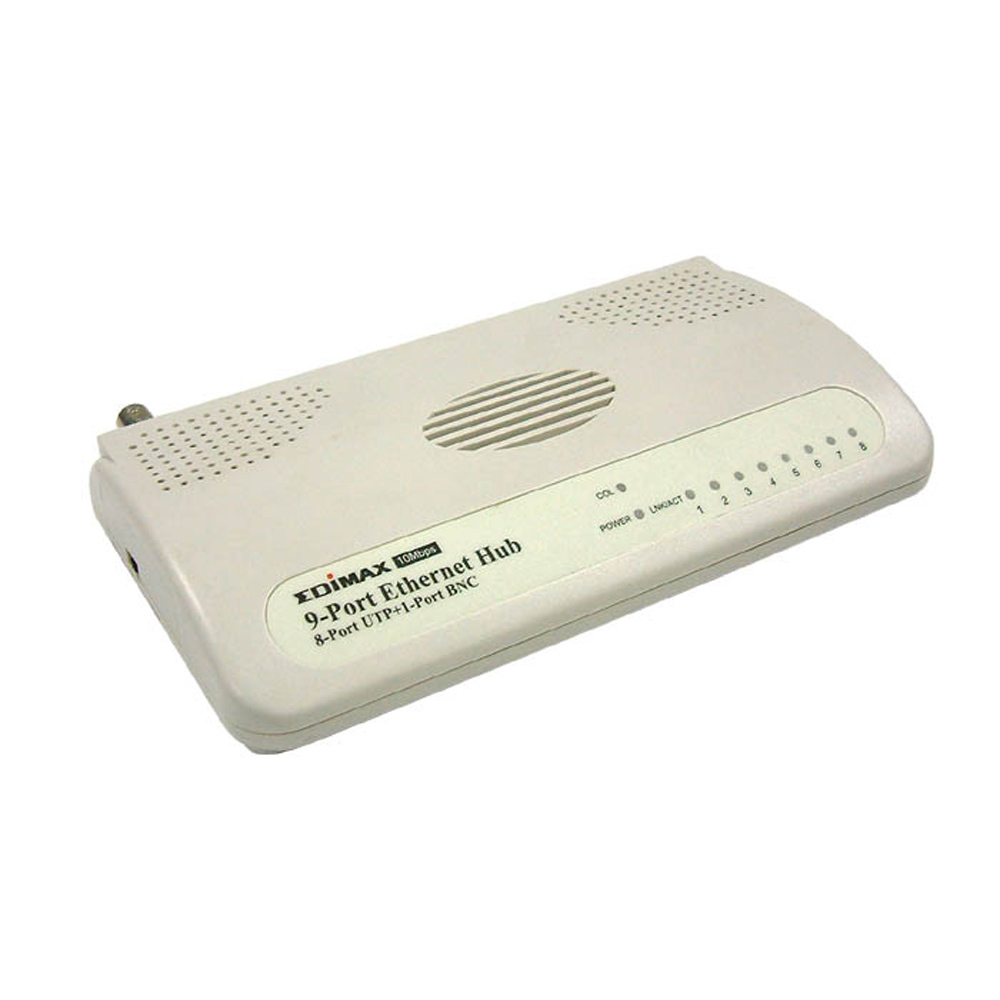akimmet wrote on 2025-02-21, 05:05:
A "real" RJ45 connector is keyed, it will not fit an Ethernet jack. It was a common ordering mistake long ago. In fact there is more than one standard for contact spacing, making things even more confusing if you are crimping your own cables.
Ha! That reminds me of our TAE phone connectors, too! 🙂
They had TAE-N (answering machine, fax/modem) and TAE-F (telephone) connectors, which had a different "nose".
Cutting it was a common "hack" to use the wrong connector, if the correct one wasn't available.
https://en.wikipedia.org/wiki/TAE_connector#TAE_socket
Edit:
There is a reason UTP won out over coaxial cabling.
Money. far as the US is concerned, I can hardly imagine another reason. It's always money.
Anyhow - from a neutral point of view coaxial cable is more precious and of higher quality than bell wire.
That's what cable TV cabling uses, too. It outperforms DSL (twisted-pair cabling) in terms of bandwidth.
That being said, optical connections are the future - since the 1970s.
Our postal minister here once tried to establish fibre, but the money went into cable TV.
Because stupid television was considered more important than telecommunications, or so the officials thought. Sigh.
Also sad is that ISDN (introduced late 80s/early 90) already had fibre cabling, but it got replaced by DSL and twisted-pair (ew) cabling by ca. 2000.
Pro DSL people claimed that the ISDN fibre was being too limited anyway,
but it wasn't taken into account that the optical transceivers were modular and replaceable.
The deployed fibres as such were quite capable. Anyhow, these are just very old stories.. 😅
I hope that optical connections will finally make it this time, maybe even into LANs. 🙂
The lack of radio interference and ground loops would be quite nice for a change.
I'm optimistic. The insane bandwidth requirements these days will be an, err, "inspiration". 🙂
Twisted pair balanced signaling has far less signal loss over distance. Another bonus is since twisted pair uses differential signaling, it has some noise immunity.
Noise will be picked up in phase on both wires, which will end up being canceled out at the receiving end.
Nice theory. However, in practice, DSL and shortwave radio do cause interference with each others. 🙁
Go have a look at amateur radio forums. DSL and RJ45 cables are often cause of noise below 30 MHz, despite their twisted-pair cabling.
Edit: Some learning/info material:
http://www.arrl.org/dsl-interference
https://www.iol.unh.edu/sites/default/files/k … dsl/RFI_DSL.pdf
https://documentation.extremenetworks.com/npb … 39047DE76.shtml
(If almighty twisted-pair would live up to its reputation, then this issue wouldn't exist.)
Adding a couple of big snap ferrites to cables (incl. DC cables) sometimes helps as a workaround to reduce noise.
Edit: An example I've found online: http://alloutput.com/amateur-radio/ethernet-r … oise-reduction/
Edited. 4x.
"Time, it seems, doesn't flow. For some it's fast, for some it's slow.
In what to one race is no time at all, another race can rise and fall..." - The Minstrel
//My video channel//
